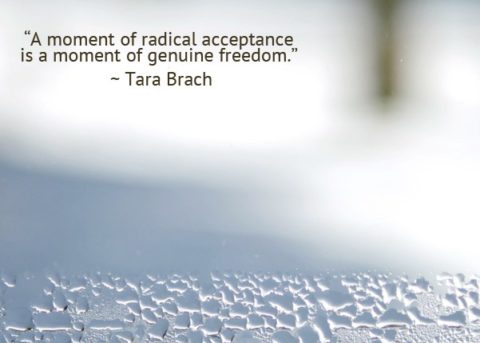For the next little while, I’m going to repost some content from my archive that I think is relevant for today. I started my blog in November of 2010, so there’s not much content from that year, but this one on acceptance is based on a chapter in one of my favourite books, chock full of wisdom – The Unfolding Now: Realizing Your True Nature through the Practice of Presence, by A.H. Almaas (paid link). How does this land with you in light of what’s happening now in 2020?
“It is what it is.”
We hear that phrase a lot. It’s associated with the movement to be here now, totally present, accepting reality. But, what does it really mean?
A. H. Almaas is an author who always makes me think. Yesterday was the Thanksgiving holiday in the United States and, while it is ideally a time for giving thanks for family and friends, it can also be a time of stress. I was thinking about this in light of the phrase, “It is what it is,” and Almaas’ view of true acceptance. The following is my interpretation of Almaas’ stages along the way to true or radical acceptance.
Stage 1 (where most of us are) – We constantly judge our experience – this is good, this is bad. ‘I had a good day because these things happened. I had a really bad day because these things happened. My day would have been a lot better if only …..”
Stage 2 (where we go sometimes) – We’re aware that we judge our experience. So, we start judging ourselves for judging our experience. ‘I wasn’t very spiritual in that situation and that is bad. I am such a loser.”
Stage 3 (where we think we need to be) – It is what it is. This is reality, it’s not good, it’s not bad, it just is. I can’t do anything about it. There is a feeling of resignation. In this case, you are still rejecting the experience, judging it as good or bad, but resigning yourself to it.
Stage 4 (true acceptance, which is very rare, hence radical) – This stage is a form of active meditation. The practice of meditation can help us develop the habit of true acceptance. Most people think of meditation as a banishing of thoughts, when really it is more a noticing of thoughts. Our observing self notices thoughts as they arise, doesn’t judge them, lets them go, and goes back to the breath. Repeat.
With true acceptance, we let go of judging anything as good or bad; instead we notice the experience and find it interesting. We get curious about it and decide if there’s any action we can take as a result, but we accept what’s happening in the present and it doesn’t disturb our inner peace. Easier said than done, believe me, I know. The first step is to notice when something disturbs your inner piece. Simply noticing is transforming.
Why not try practicing this noticing of experience and see what happens? Almaas says to watch for these reactions as you are noticing.
1. Rejection of the experience – This shouldn’t be happening. It makes your life miserable.
2. Grasping acceptance – You really like the experience and want more of it. You might ask what is so wrong with this. Well, it means that any time you experience something different you will be unhappy.
3. Resigned acceptance – A fatalistic way of experiencing life, it is sometimes good and sometimes bad and you just accept it. Still judging experience.
4. Noticing the experience – Can you find your experience interesting instead of good or bad? How would this change the way you approach life?
An Example: Aunt Sally makes a derogatory comment about your weight at Thanksgiving dinner. You notice how that makes you feel (not good). The fact that Aunt Sally would be concerned about your weight at Thanksgiving dinner says a lot more about her than it does about you. Rather than judging her (or feeling bad about yourself), you feel compassion for what you might not know about her that would make her say something about your weight. With that compassion in mind, you either smile and thank her for her concern or you might gently say that you find it very interesting that she is so concerned about your weight. Maybe, ask her a few questions to find out why she might be so concerned about weight in general. Or just move on.
Examples of this radical acceptance can be found in people like Nelson Mandela or Gandhi. The movie, Life is Beautiful (paid link), about a man who tries to teach his son to love life while experiencing the horrors of the Holocaust, explores this theme of radical acceptance.
This may not be easy but it is possible.
